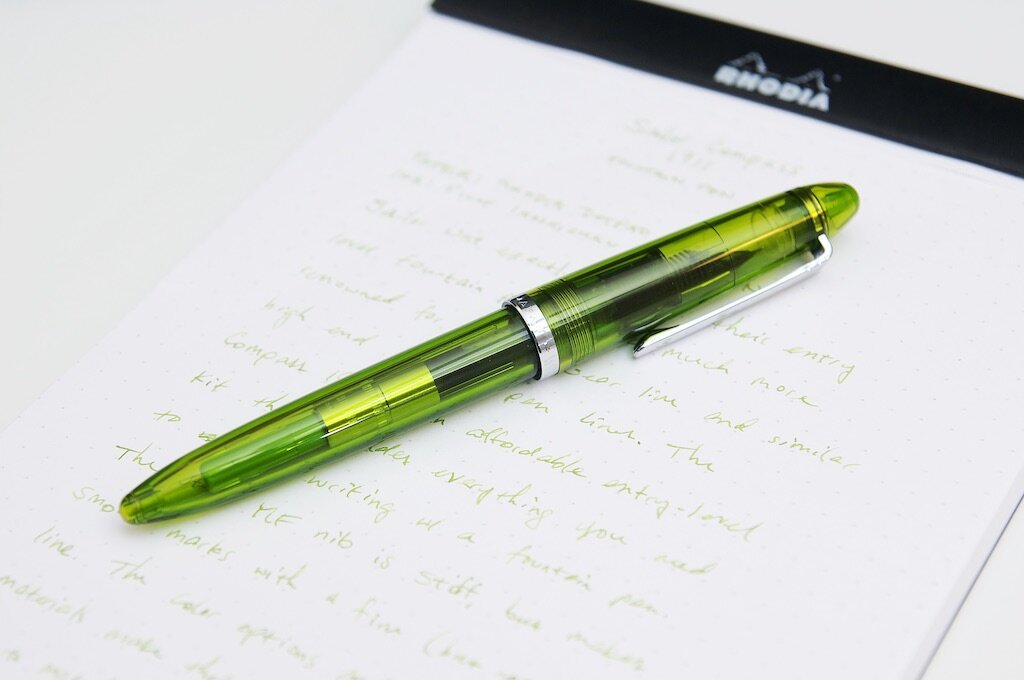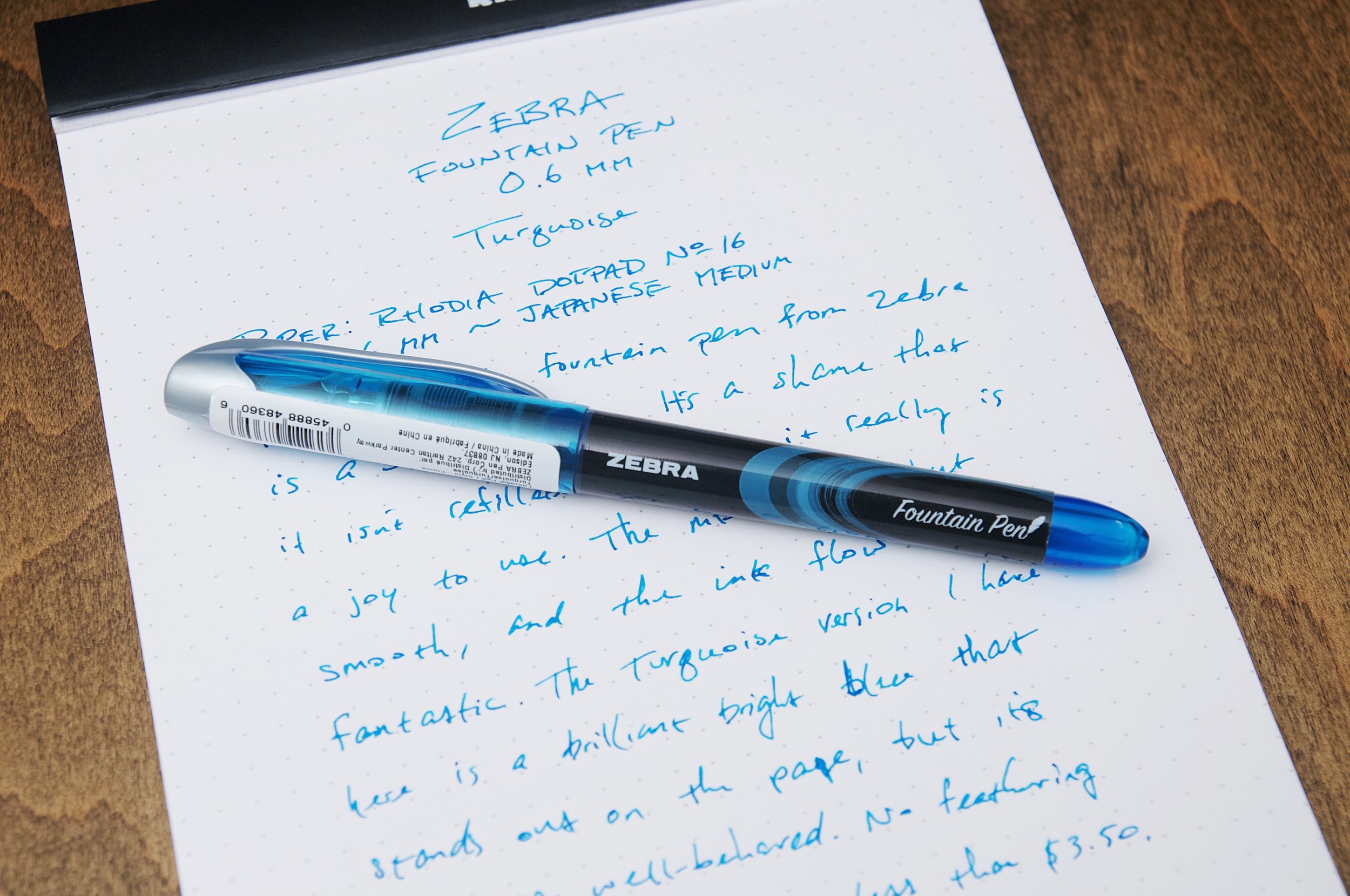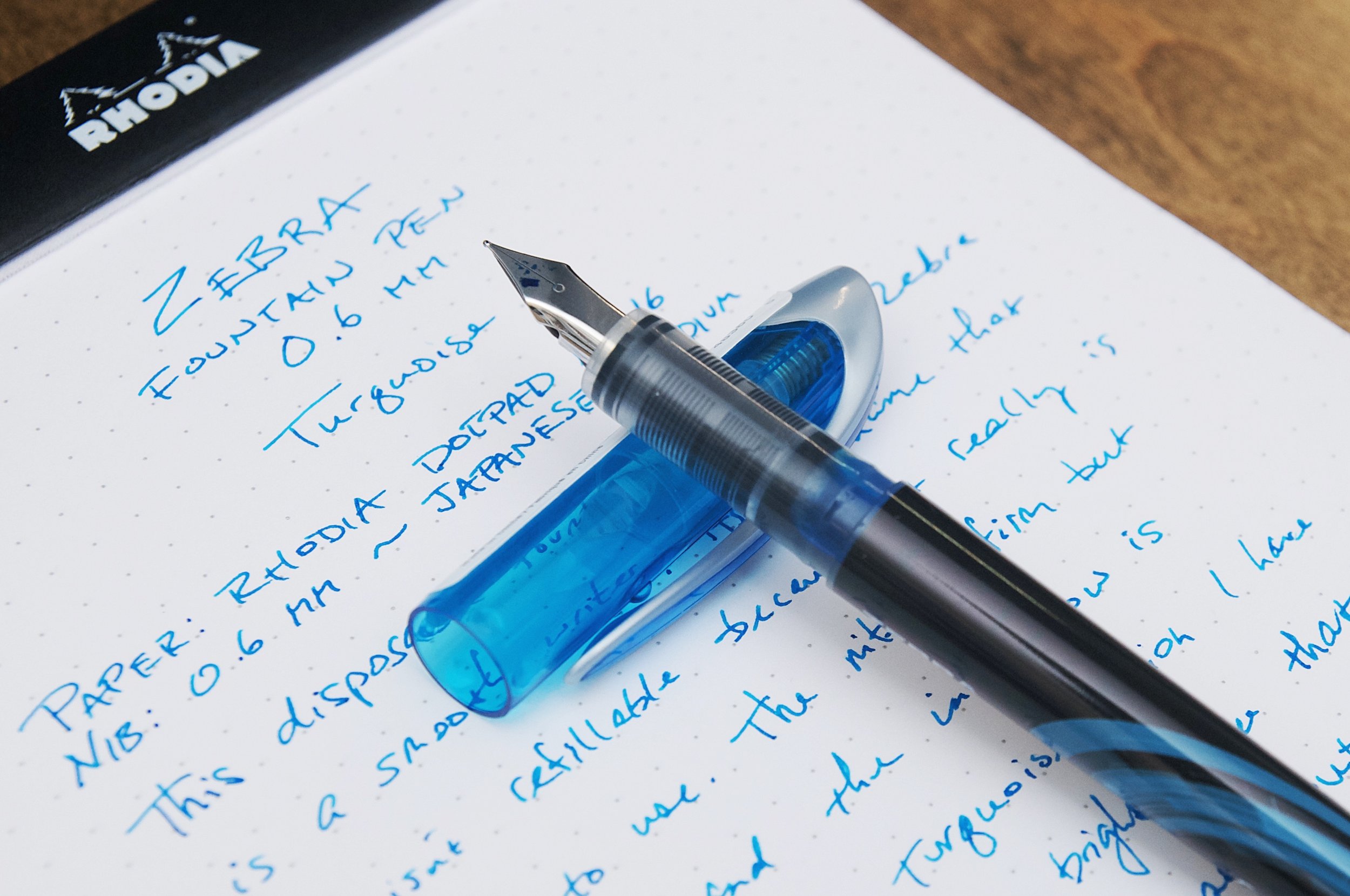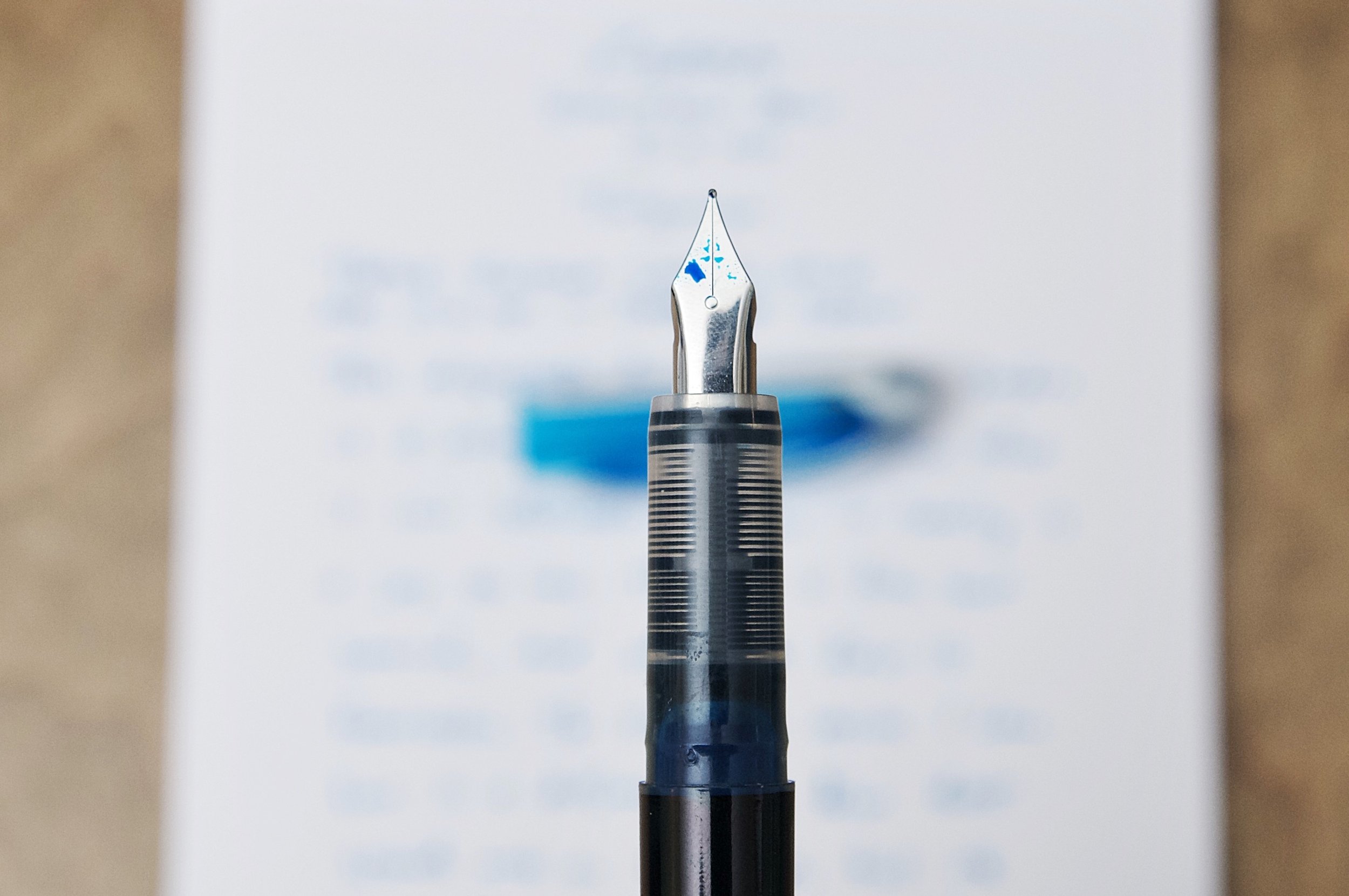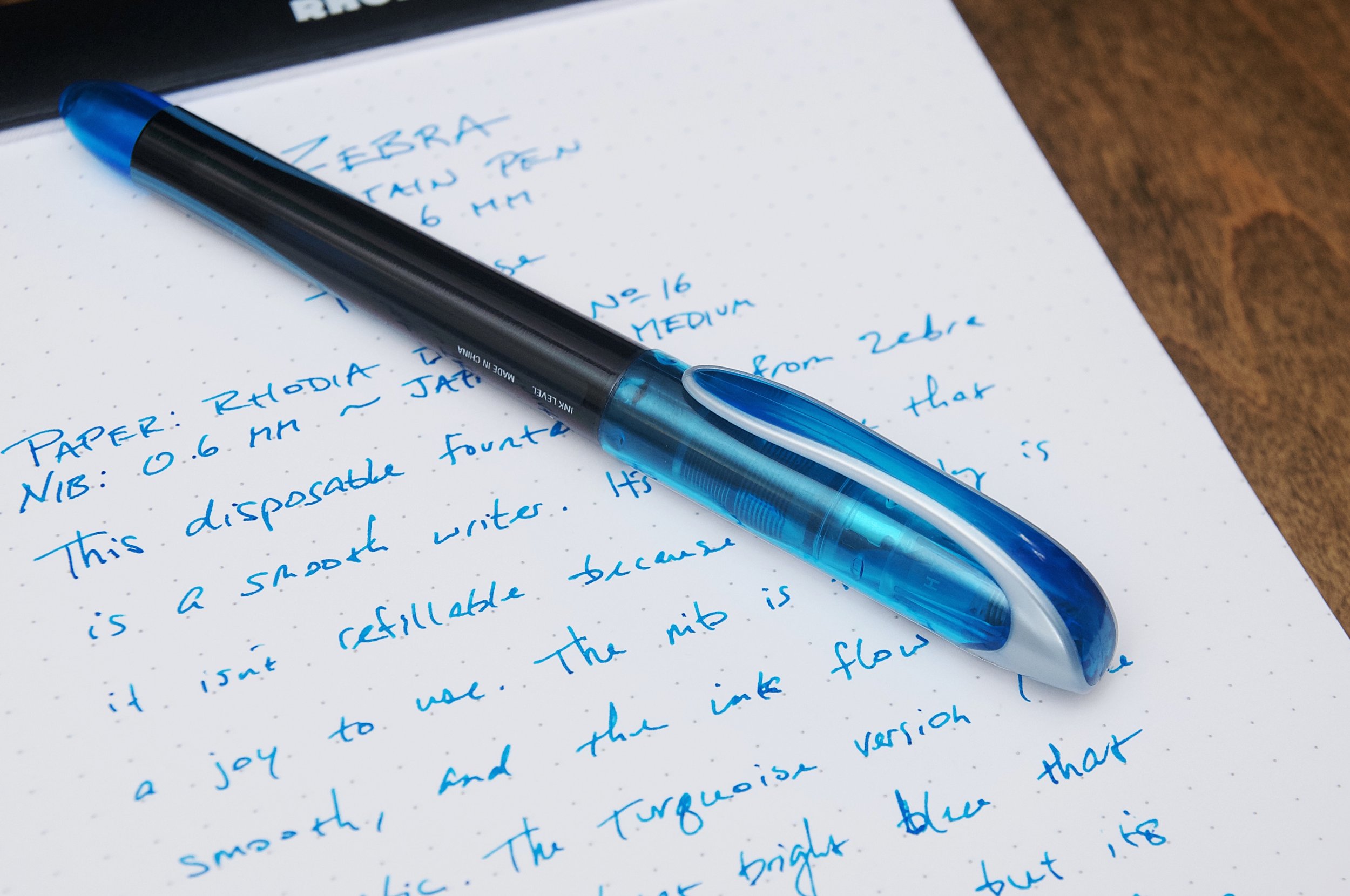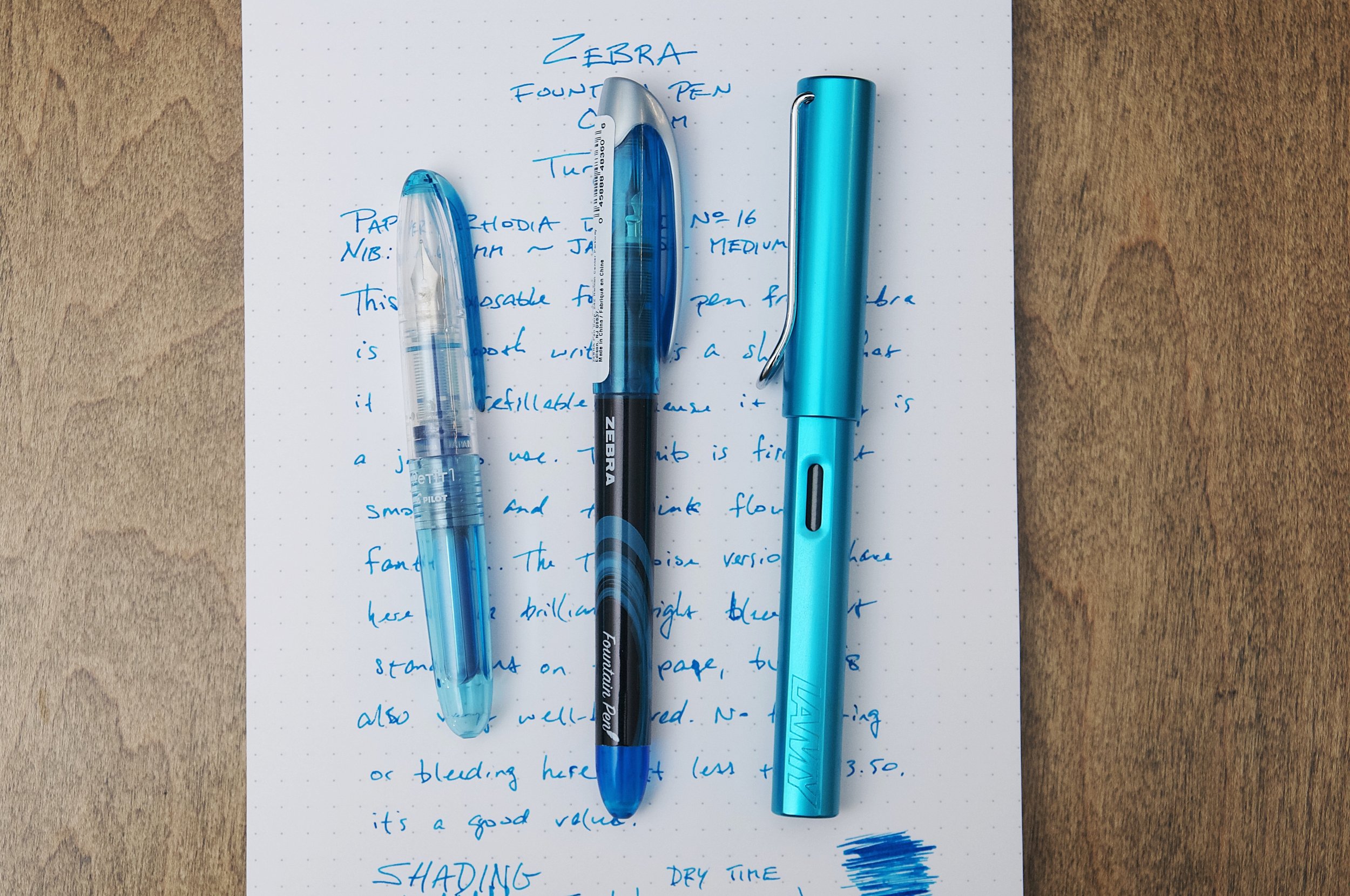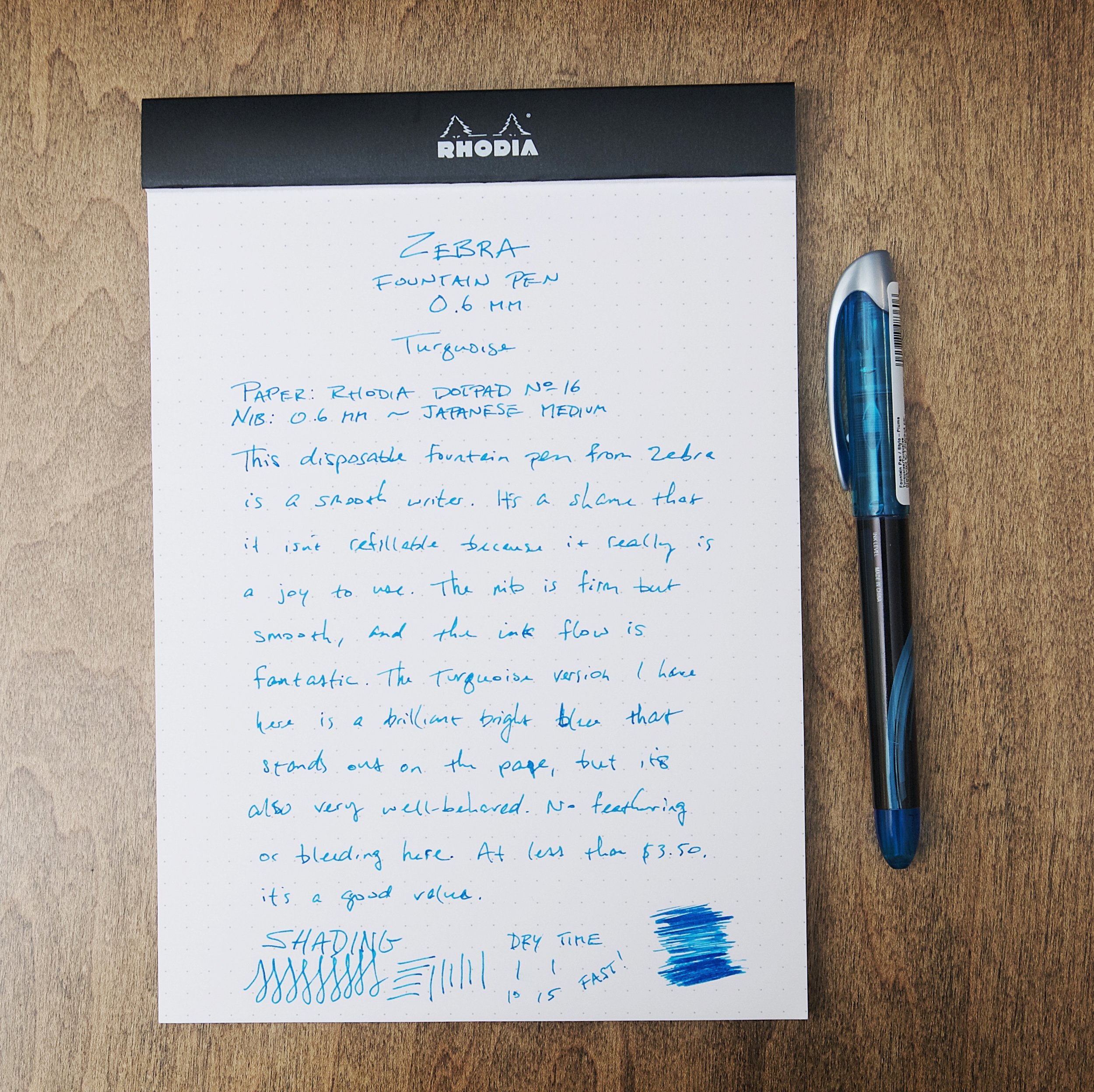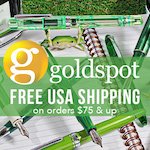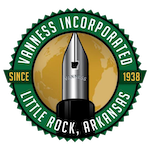(Sarah Read is an author, editor, yarn artist, and pen/paper/ink addict. You can find more about her at her website and on Twitter. And her latest book, Root Rot, is now available for pre-order!)
As much as I would love to, I can't turn a handwritten manuscript in to my publishers. Maybe I could if I were super famous, but alas, I am not. When I worked in publishing, we had one author who could get away with that. She didn't own a computer, so all correspondence happened through snail mail, and her pencil-on-notebook-paper work would arrive on my desk for me, of all people, to type up and edit. I was deeply annoyed, but mostly I was jealous. And I was glad to do it. It was more work, yes, and not my favorite sort of work, but her voice and perspective were valuable. I didn't want her left behind just because she'd hopped off the technology train. Heck, I'd probably follow her, if I could.
Even though I know I'm going to have to type all my writing in order to turn it in, I still love to hand-write all of my first drafts. I think better on paper, the project is fully portable, and it creates an instant physical media backup copy.
I make edit notes in a contrast color as I write, then do more edits as I type up the draft. After two rounds of digital edits, I print a paper copy and edit again in ink on the page. I input those changes in the computer, do one more digital pass, and then the manuscript goes off to the editor/publisher/agent.
The first round or two of editor edits are usually also digital, more because of time constraints and deadlines than any other reason. Then, when all the edits are done and the layout is complete, the proof is sent, and that one I prefer to print out and edit on paper, if I have time. The change in perspective helps the eye, and seeing the book as it will appear in print, where it looks like a real book more than a document, tricks the brain into the "last chance" panic mode.
We are just wrapping up Last Chance Panic Mode for my new book, Root Rot & Other Grim Tales, which releases in three weeks. Everything is done. Donsies. Finished. Finito. And can I say there is no part of this process in which I want to edit more than I do right now? If the first phase, the handwriting, is my favorite part of the process, the stopping is the hardest part.
Every story in this book started as ink on paper. Almost all of them were written in hotel rooms or on park benches, in coffee shops, or on beaches. Most of their earliest iterations live in the Seven Seas Writer notebook that was my story draft book for years, but some predate that notebook. One, Pelts, was written entirely with a dip nib and an inkwell on the back of my college homework almost twenty years ago, in the basement classroom where I taught a section of an APA paper writing course. I had an hour between my own class and the class I taught, and I used the quiet time to write.
One of my favorite things about short story collections is that I can remember exactly where I was and what I was doing for each piece in the book. I don't think I'd have that same connection to the work if I was always sitting at a computer. And someday, when I'm old and famous, I can put my hand drafts in an archive. And get away with being quirky enough to turn them in to publishers, with a bottle of wine for the afflicted editor.
Enjoy reading The Pen Addict? Then consider becoming a member to receive additional weekly content, giveaways, and discounts in The Pen Addict shop. Plus, you support me and the site directly, for which I am very grateful.
Membership starts at just $5/month, with a discounted annual option available. To find out more about membership click here and join us!








